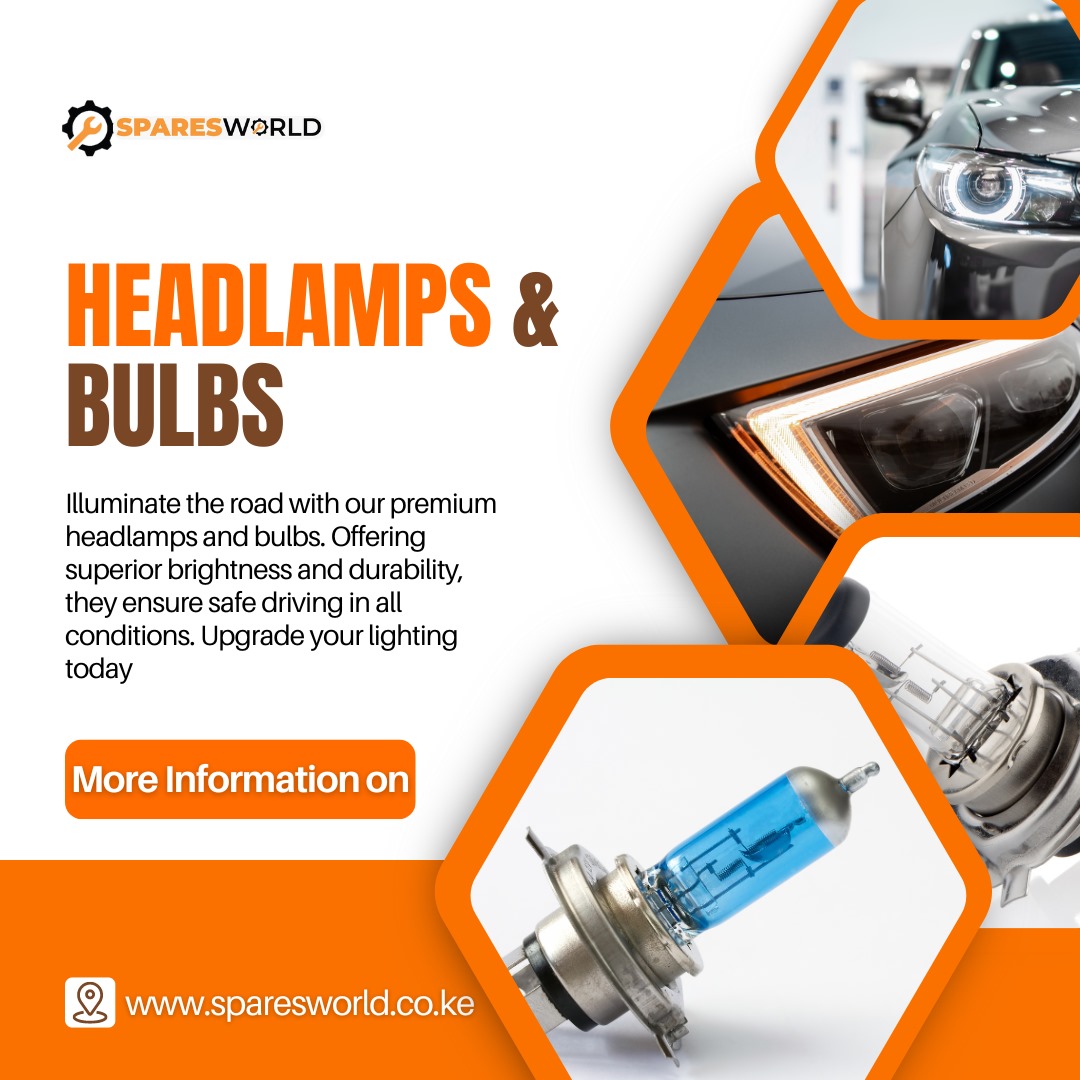Halogen versus LED versus HID headlights

Illuminate the night: a deep dive into how different headlight technologies enhance your driving experience.
Exploring the Basics of Halogen, LED, and HID Headlights
Headlights are a pivotal component of vehicle safety, providing visibility during nighttime driving and inclement weather conditions. Three primary types of headlights have evolved over the years: Halogen, LED (Light Emitting Diode), and HID (High-Intensity Discharge). Halogen headlights have been standard in vehicles for decades, known for their simplicity and cost-effectiveness. LED headlights are more recent and are revered for their energy efficiency and long life span. HID headlights, also known as xenon headlights, offer intense brightness and a wider range of visibility.
Understanding the fundamental differences between these technologies is crucial for car owners and enthusiasts. While halogen bulbs work by passing a current through a tungsten filament, LEDs utilize semiconductors to emit light, and HIDs produce light by igniting a gas-filled capsule. Each type comes with its own set of characteristics that contribute to the driving experience and vehicle aesthetics.
Advantages and Disadvantages of Halogen Headlights
Halogen headlights are renowned for their reliability and simplicity. They are relatively inexpensive to manufacture and replace, making them a cost-effective solution for many drivers. However, halogen bulbs also have a shorter lifespan and consume more power than their LED and HID counterparts. They emit a warmer light that is less intense, which can be a drawback for drivers seeking brighter illumination. Moreover, they are less efficient, converting a larger portion of energy into heat rather than light.
Despite these disadvantages, halogen headlights remain a common choice due to their widespread availability and ease of installation. They continue to serve as a benchmark for newer technologies to surpass in terms of performance and efficiency.
Why LED Headlights Are Leading the Market
LED headlights have gained immense popularity for their superior energy efficiency and longer lifespan. They produce a bright, white light that significantly improves nighttime visibility and road safety. Furthermore, LEDs have a quicker response time, illuminating almost instantaneously when compared to halogen bulbs. This quick activation can provide other drivers with earlier warning of a vehicle's presence, reducing the risk of accidents.
Another factor contributing to the rise of LED headlights is their versatility in design. The compact nature of LED bulbs allows for more creative and sleek vehicle headlight designs, which can be a selling point for consumers. However, the initial cost of LED headlights is higher than halogen, and the complexity of their systems can make repairs more expensive.
The Role of HID Headlights in Modern Automotive Design
HID headlights, also known as xenon headlights, have carved out their niche in automotive design by offering an intense and efficient lighting solution. They are known for their bright, white-blue light that closely mimics natural daylight. This can reduce driver fatigue and improve night driving conditions. HID headlights also have a longer lifespan than traditional halogen bulbs and are more energy-efficient.
However, HID headlights can be more costly to replace and repair due to the complexity of the system that includes ballasts and starters. There's also a brief warm-up period after they are switched on before reaching their full brightness. In modern automotive design, HIDs are often found in higher-end vehicles and are sometimes offered as an upgrade option due to their premium performance.
Comparative Analysis: Performance, Cost, and Longevity
When comparing halogen, LED, and HID headlights, performance is a key differentiator. LEDs offer superior brightness and longevity, with many units lasting the lifetime of the vehicle. HID headlights provide intense illumination but can have a higher cost of ownership due to the need for specialized components. Halogen headlights, while not as bright or long-lasting, boast a lower upfront cost and are easier to replace.
Cost-wise, halogen bulbs are the most economical choice initially, but they may end up being more expensive in the long run due to frequent replacements. LEDs, although pricier upfront, could save money over time on energy consumption and replacement costs. HIDs fall somewhere in between, with better performance than halogens but typically higher costs than LEDs. Longevity favors LED technology with lifespans that can exceed 20,000 hours, compared to the 1,000 to 2,000 hours of halogens and about 10,000 hours for HIDs.
Drop us a message from our facebook page or Chat us using the widget on the right to Headlights for your car.

 Loading..
Loading..